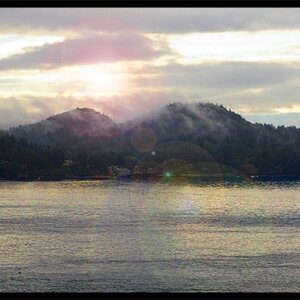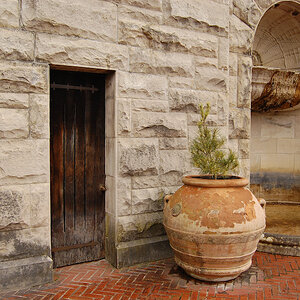tecboy
No longer a newbie, moving up!
- Joined
- Feb 17, 2012
- Messages
- 2,977
- Reaction score
- 358
- Can others edit my Photos
- Photos OK to edit
I thinking about getting this lens, EF 70-300mm f/4-5.6 IS USM. I notice my EF-S 55-250mm f/4-5.6 IS II is lagging in autofocus. It takes me a while to focus on a far away subject.
My my question is should I stay with my old lens and deal with it, or I should go ahead and buy a new lens just to make me happy?
My my question is should I stay with my old lens and deal with it, or I should go ahead and buy a new lens just to make me happy?


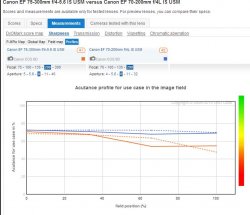
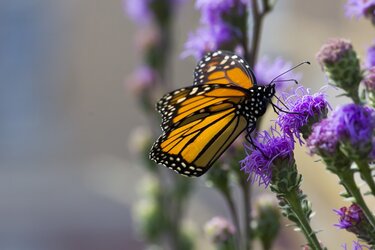

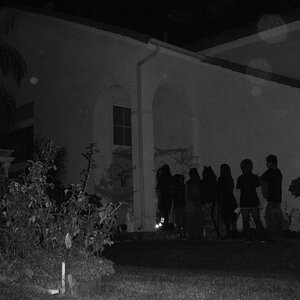
![[No title]](/data/xfmg/thumbnail/31/31748-63241c520f250328a5ec32959b8f53d0.jpg?1619734989)
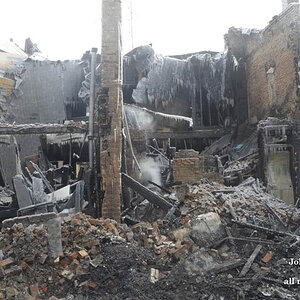
![[No title]](/data/xfmg/thumbnail/37/37606-3c9ffb5906173fa2aa489341967e1468.jpg?1619738148)
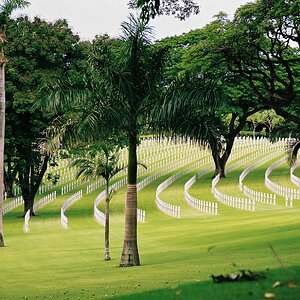
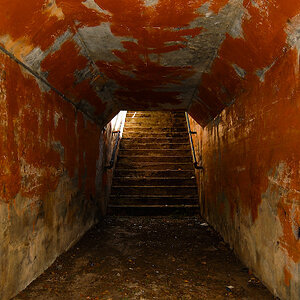
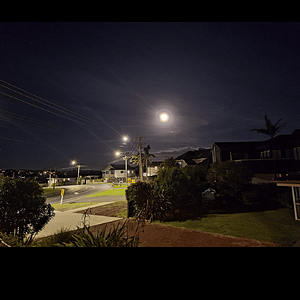
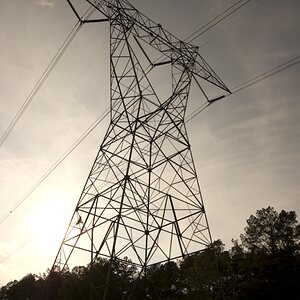
![[No title]](/data/xfmg/thumbnail/39/39289-c5ea6a611707fdd5786347f4a67d63ae.jpg?1619738957)
